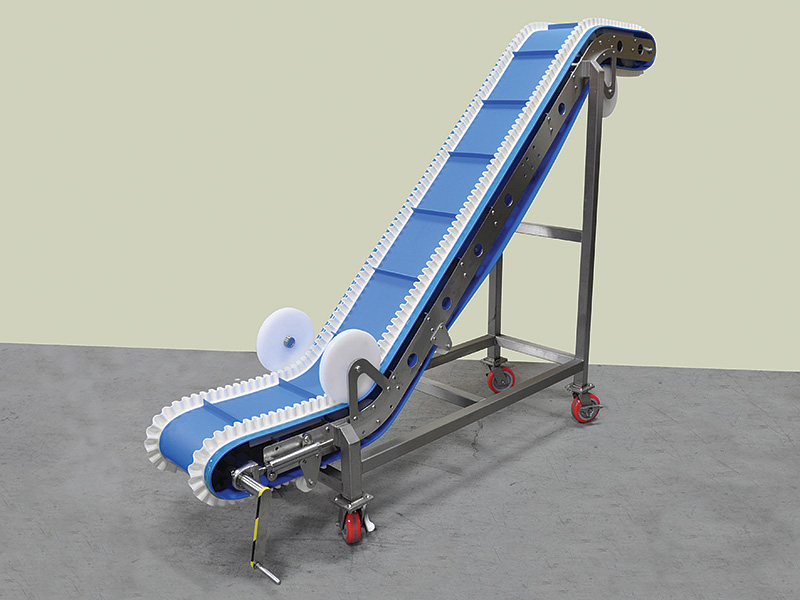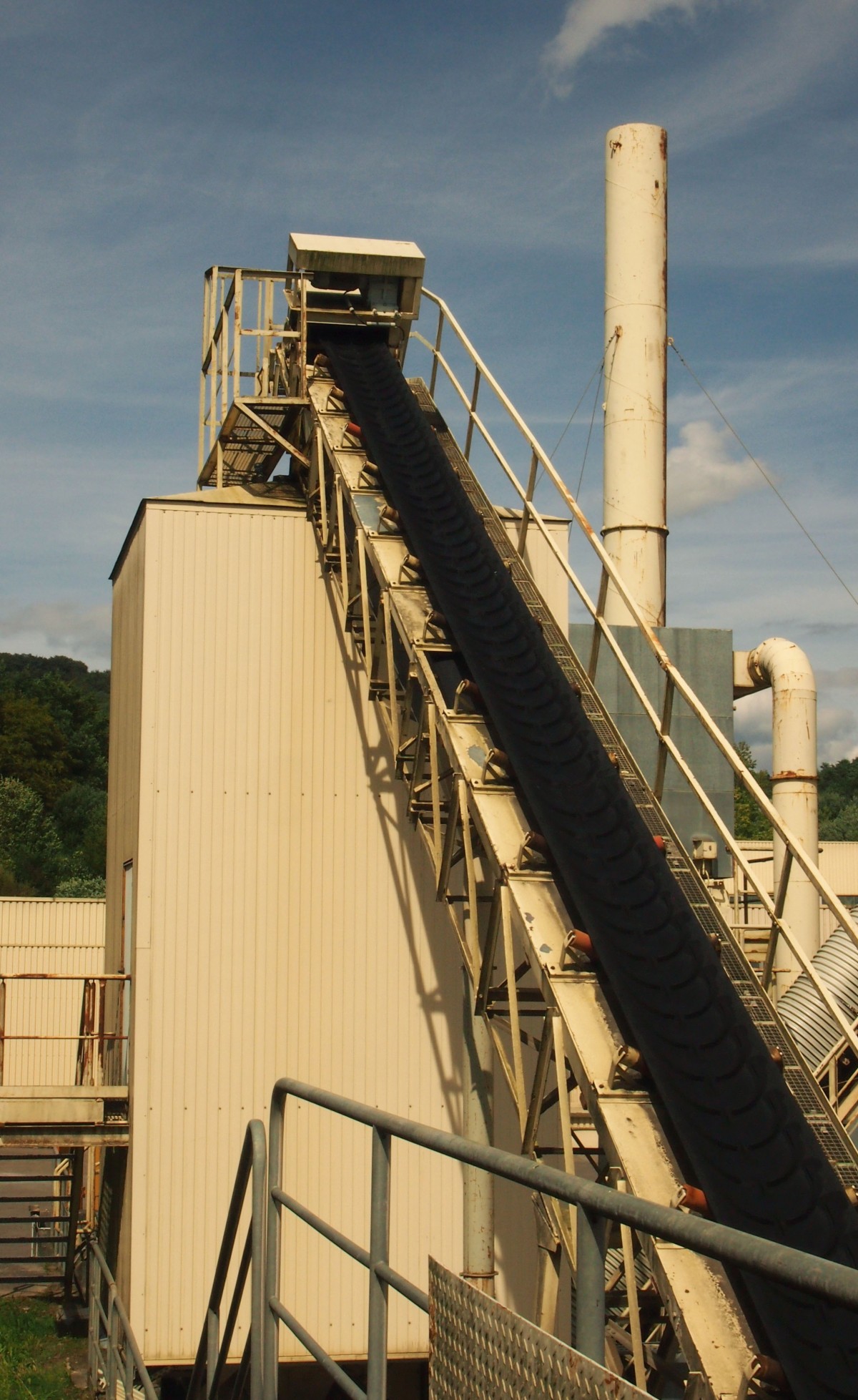
Conveyor belts are the unsung heroes of many industries, driving efficiency and productivity by streamlining the movement of materials. Whether you’re working in manufacturing, food processing, or distribution, understanding how to maintain and optimize your conveyor belts can significantly impact your operational success. Let’s dive into the essentials of keeping these systems running smoothly and efficiently.
Choosing the Right Conveyor Belt
The first step in optimizing your conveyor system is selecting the right belt for your needs. Conveyor belts come in various types, each designed for specific applications. Positive drive conveyor belts, for instance, are ideal for food processing industries where hygiene is paramount. These belts offer a non-slip solution that ensures product movement remains steady and controlled.
For heavy-duty applications, power transmission belts provide the durability and strength needed to handle substantial loads. When choosing a belt, consider the material, thickness, and flexibility required for your specific operation. Consulting with a professional can help you make an informed decision that aligns with your operational demands.
Regular Maintenance: A Key to Longevity
Routine maintenance is crucial for extending the lifespan of your conveyor belts. Regular inspections can help identify wear and tear before they become significant issues. Look for signs of fraying, misalignment, or unusual noise, which can indicate potential problems. Cleaning the belts and removing any debris or buildup can also prevent damage and ensure smooth operation.
Lubrication is another essential maintenance task. Bearings and other moving parts should be lubricated regularly to reduce friction and wear. Use the appropriate lubricant recommended by the manufacturer to avoid damaging the belt or bearings.
Addressing Common Issues
Even with regular maintenance, conveyor belts can encounter problems. Some common issues include:
- Slippage: This occurs when the belt slips on the drive pulley, causing delays and inefficiencies. To address this, ensure the belt tension is correctly adjusted and the drive pulley is clean and free from contaminants.
- Tracking Problems: Misaligned belts can cause uneven wear and tear. Regularly check and adjust the tracking to keep the belt centred on the pulleys. This can prevent costly damage and downtime.
- Belt Wear: Over time, belts will naturally wear down. Monitor the condition of the belt and replace it when it shows significant signs of wear, such as fraying edges or thinning.
Upgrading to Positive Drive Conveyor Belts

Consider upgrading to positive drive conveyor belts for operations that require high levels of hygiene and precision. These belts eliminate the risk of slippage and provide a clean, easy-to-maintain solution. Positive drive belts are particularly beneficial in industries like food processing, where cleanliness and efficiency are critical.
Positive drive conveyor belts also offer improved energy efficiency. They require less tension to operate, reducing the strain on the motor and extending the life of the belt. This can lead to lower operational costs and increased productivity.
Power Transmission and Bearings
In addition to the conveyor belt itself, power transmission and bearings play a vital role in the overall efficiency of your conveyor system. Ensure that the power transmission components, such as motors and pulleys, are correctly sized and maintained. This can prevent unnecessary strain on the belt and reduce the risk of breakdowns.
Bearings should be regularly inspected and replaced as needed. High-quality bearings can significantly reduce friction and wear, leading to smoother operation and longer belt life. Consult with an industrial supplies specialist to find the best bearings for your specific application.
Embracing Innovation and Technology
As technology advances, so do the capabilities of conveyor systems. Embracing innovative solutions, such as automated monitoring systems, can help you stay ahead of potential issues. These systems can provide real-time data on belt performance, allowing for proactive maintenance and reducing downtime.
Automated tensioners and alignment systems can also enhance the efficiency of your conveyor belts. These technologies ensure optimal tension and alignment, minimizing wear and tear and maximizing the lifespan of the belt.
Final Thoughts
Mastering the maintenance and optimization of your conveyor belts can drive significant improvements in your operational efficiency. By selecting the right belt, performing regular maintenance, addressing common issues, and embracing technological advancements, you can keep your conveyor systems running smoothly and effectively. Investing in the proper care and upgrading your systems as needed will ensure that your conveyor belts continue to be the backbone of your business operations.
